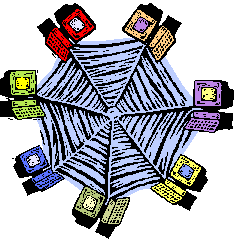
MARC: A Brief History

The Library of Congress developed MARC in the 1960ís. Their intent was to create a computer-readable format that could be used for bibliographic records, enabling libraries to download cataloging, share information, and search all parts of a cataloging record. Libraries had shared cataloging before MARC was developed, through union catalogs, usually in book or microfilm form. These union catalogs were made up of copies of the card catalog record for each item in the library. Union catalogs were not realistic for most libraries to own because they were expensive to create, difficult to update, and often cumbersome to use.



As more was learned about the possibilities that computers offered, the Library of Congress decided that computers were very compatible with cataloging. Their goal was to create a program that could encode all of the information needed in a cataloging record, and make that information available to any user. Originally the Library of Congress program was called LC MARC. Changes and adjustments have been made to the original MARC format to reflect changes in newer editions of AACR2, and to reflect current practices and needs in libraries. In North America during the 1980ís and 1990ís, two slightly different standards were being used, USMARC and CAN/MARC. These two formats have been blended together since 1999, into the current format, sometimes referred to as MARC 21.

The current database of MARC records that is maintained by the Library of Congress, and added to by libraries all over the country, has become a union catalog of much greater proportions than was probably envisioned when this project began.
Click the arrow below to continue to the next page